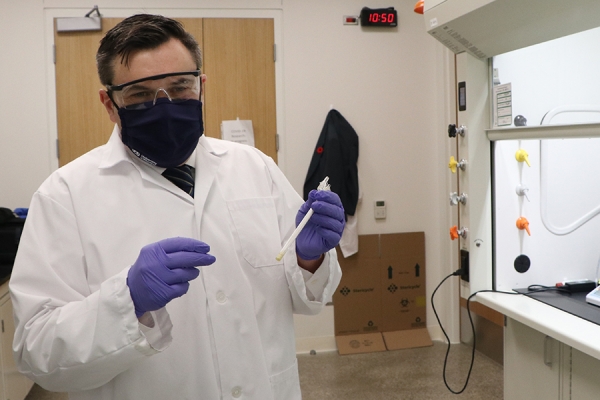
This guest column written by Dr. Edwin Tam, associate professor, civil and environmental engineering, was featured in the latest issue of WE, the Faculty of Engineering’s annual magazine.
The current, global COVID-19 pandemic of 2020 is poised to create a humanitarian crisis in terms of the loss of human life, long term health impacts, and socio-economic upheaval. However, the severity of such impacts varies widely by country, by region, and even city and by city. It would seem as if population size and density would account for the differences experienced by different communities, but these alone cannot explain all inconsistencies: early on, similarly sized regions or cities did not experience the impacts equally, and now months later, there are still widely varying incidents of COVID-19 within the same region as the world faces ongoing waves of the pandemic.
What are the physical characteristics, demographic profiles, infrastructure, policies, and practices of a community that enhance its resiliency to withstand and overcome a pandemic based on the experiences with the outbreak of COVID-19? Our team – which includes Anneke Smit from Law, Tirupati Bolisetti from Civil Engineering, and Myron Hlynka and Mohamed Belalia from Mathematics and Statistics – is researching what are preferred characteristics and actions for municipalities to improve their resiliency to respond and just as importantly, recover from pandemic scenarios. The initial research is funded by WE-Spark and the VP of Research here at the University of Windsor.
The COVID-19 crisis has highlighted how critical the medical services, transportation of goods and services, information technologies, and municipal utilities are to maintaining a functioning community. What differs by location is the resiliency to sustainably deliver goods and services, and the disruption to work, education, and social activities. There are also controversies – does the infrastructure and systems, such as transit, contribute to the pandemic? How they can be managed? Large, dense urban centres face greater challenges because of the need to coordinate large scale responses, containment, public communication, and much more. At the same time, their size, systems, and institutions may afford them the greatest medical, supply, and resources to respond. In contrast, remote, rural regions have fewer infections, but are concerned they may be overwhelmed should infections surge. Mid-sized municipalities that possess sufficient infrastructure but do not have significant high densities could potentially represent an optimal size to withstand a pandemic.
But unlike in other disaster scenarios such as flooding, where infrastructure such as roads might be unusable due to physical destruction, most infrastructure systems remain intact in a pandemic crisis. The response measures to a pandemic therefore permit the selective curtailing of targeted municipal systems to reduce transmission. However, reducing services can have unexpected, unintended consequences - including health and related socio-economic impacts, which disproportionately affect vulnerable groups, and may have long-term sustainability impacts. Public transit is a primary example.










